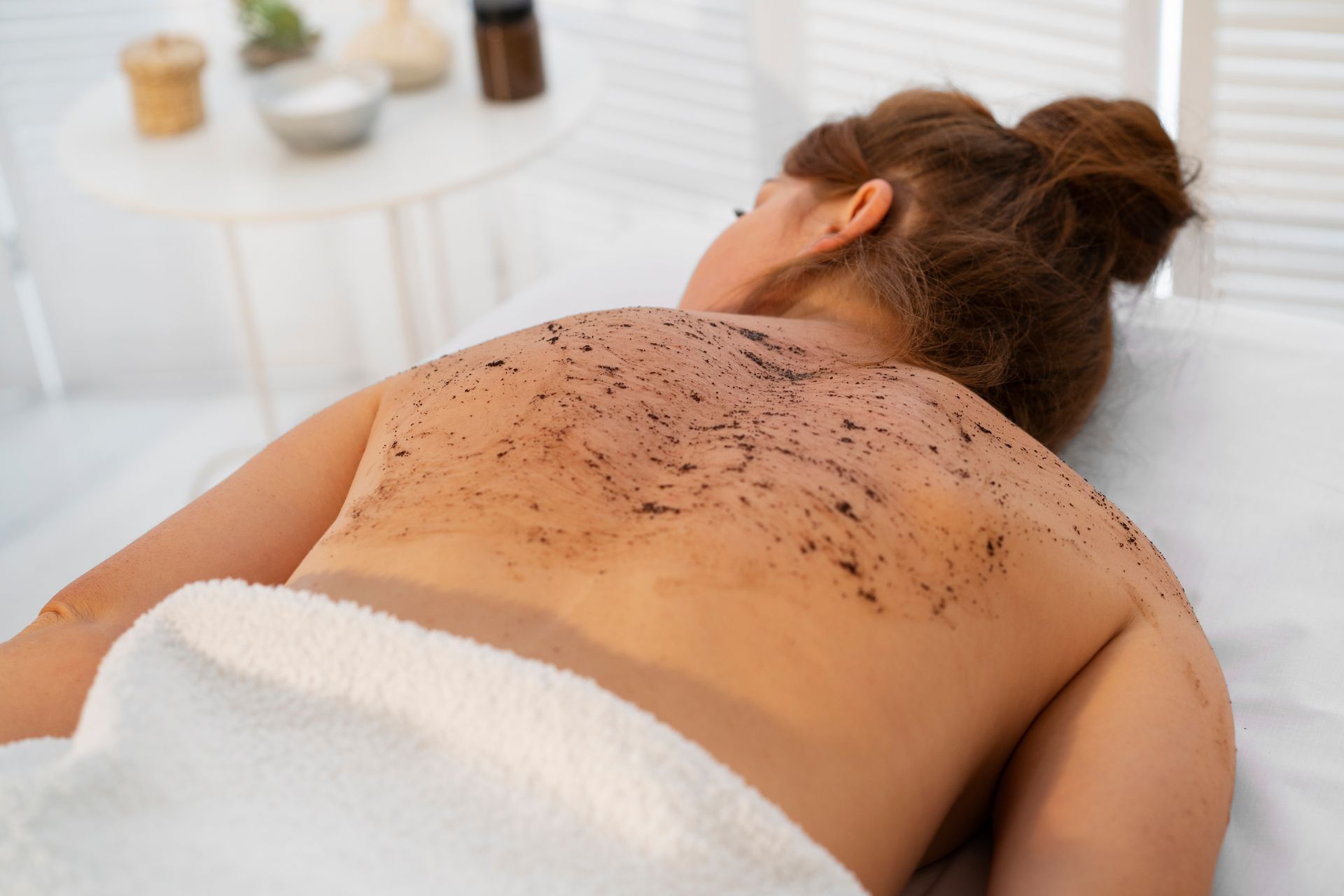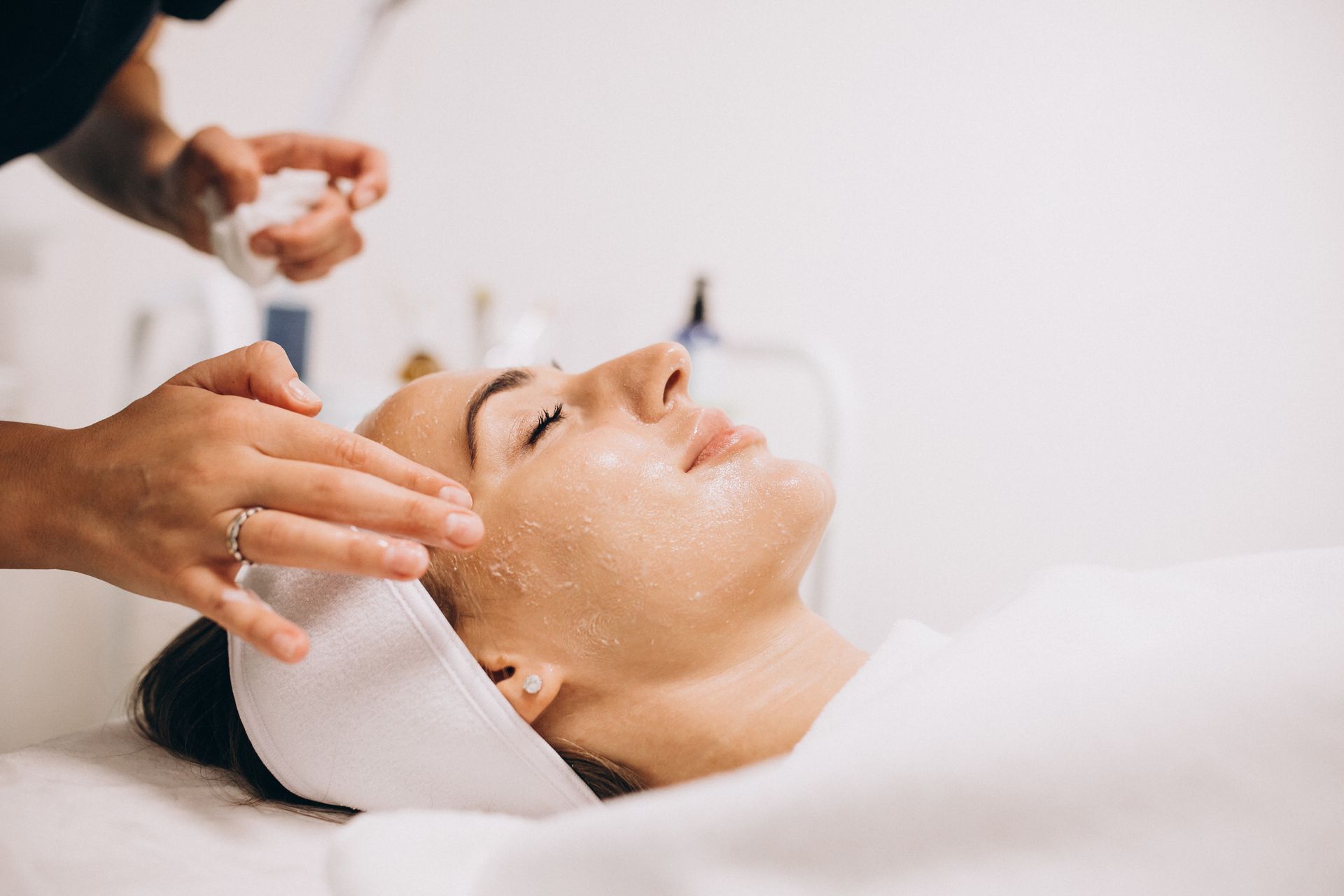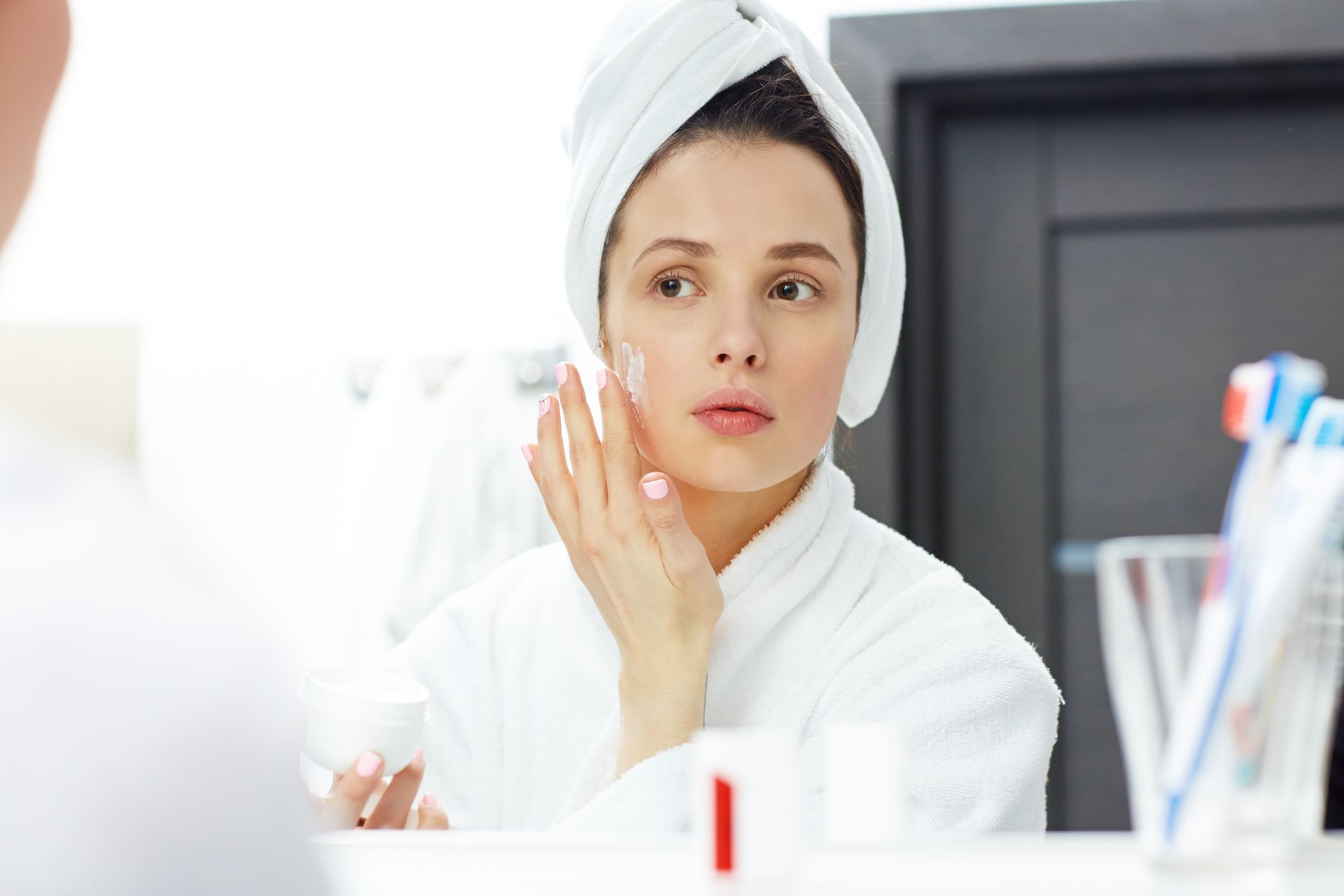Debunking Laser Hair Removal Side Effects
Laser hair removal has changed the beauty and grooming industry by making it possible to achieve hairless skin. The promise of a life free from razors, waxing, and plucking is tantalizing, but for many, the allure is clouded by myths and misconceptions surrounding its safety. Enter the world of laser hair removal side effects – a topic that's often mired in fear and uncertainty.
Are you one of the countless individuals intrigued by the idea of laser hair removal, yet hesitant to take the plunge due to concerns about potential side effects? If so, you're not alone. Many people have heard the stories, seen the alarming headlines, and perhaps even encountered the occasional horror story about laser hair removal gone wrong. But here's the truth: the vast majority of these fears are based on misunderstandings and exaggerations.
So, let's banish those worries and uncover the real story behind laser hair removal. Get ready to embrace the possibilities of
smoother, hair-free skin without the fear – it's time to separate fact from fiction and embark on your own path to effortless beauty.
Common Misconceptions about Laser Hair Removal
Laser hair removal is a popular cosmetic procedure that has garnered its fair share of misconceptions over the years. These myths and misunderstandings can create unnecessary fear and hesitation for those considering the treatment. Let's debunk some of the most common misconceptions:
Myth 1: Laser Hair Removal is Painful
One of the most prevalent misconceptions about laser hair removal is that it is an excruciatingly
painful procedure. While it's true that laser hair removal involves some discomfort, describing it as agonizing is far from accurate. The feeling has been compared to a rubber band snapping against the skin.
It's important to note that the pain level can vary depending on individual sensitivity, the area being treated, and the type of laser used. Most modern laser systems come equipped with cooling technology that helps alleviate discomfort during the procedure. Besides, numbing creams are available to further reduce sensation in sensitive areas.
While laser hair removal may not be entirely painless, the discomfort is generally manageable and brief, especially when compared to the repeated discomfort of traditional hair removal methods like waxing.
Myth 2: Laser Hair Removal Causes Skin Cancer
This is a persistent and unfounded myth that has caused unnecessary anxiety among potential laser hair removal candidates. Laser hair removal works by targeting melanin, the pigment responsible for hair and skin color. Some people worry that this process may increase the
risk of skin cancer.
In reality, the type of laser used in hair removal is carefully calibrated to target the melanin in hair follicles without causing harm to surrounding skin. It does not penetrate deep enough to affect skin cells in a way that would lead to cancer. Moreover, the procedure is performed under the guidance of trained professionals who take precautions to minimize any potential risks.
It's important to continue practicing sun safety and wearing sunscreen, as sun exposure remains one of the primary risk factors for skin cancer.
Myth 3: Laser Hair Removal is UnSafe for Dark Skin
This misconception often stems from concerns about the contrasting colors of the hair and skin. Laser hair removal relies on the contrast between dark hair and lighter skin to effectively target the hair follicles. It's true that individuals with lighter skin and darker hair tend to respond best to the treatment. However, advancements in laser technology have made it safer and more effective for people with darker skin tones.
Nd:YAG lasers and diode lasers, for instance, are suitable for a
wider range of skin tones because they can effectively distinguish between the hair follicle and the surrounding skin without causing excessive pigmentation changes or burns. That said, it's important for individuals with darker skin to seek treatment from experienced practitioners who are skilled in working with various skin types. By adjusting the laser's parameters, complications can be kept to a minimum.
Laser hair removal is a
safe and effective procedure when performed by trained professionals using the right equipment. By dispelling these common misconceptions, we can empower individuals to make informed decisions about their beauty and grooming choices.
Minor Side Effects of Laser Hair Removal
Laser hair removal is a popular and effective method for achieving long-term hair reduction. While it's generally a safe procedure, like any medical or cosmetic treatment, it can be associated with some minor side effects. It's important to be aware of these potential side effects to ensure a positive and informed laser hair removal experience. Here are some of the minor side effects commonly associated with the procedure:
Redness and Swelling:
Immediately after a laser hair removal session, it's common to experience redness and swelling in the treated area. This can resemble a mild sunburn. These side effects are usually temporary and typically subside within a few hours to a couple of days.
Skin Sensitivity:
Some individuals may notice increased skin sensitivity in the treated area. It can feel slightly tender or irritated. Skin sensitivity is usually short-lived and should resolve within a day or two.
Itching or Tingling:
Itching or tingling sensations can occur in the treated area as the hair follicles respond to the laser energy. These sensations are typically mild and temporary. Using a gentle, hypoallergenic moisturizer can help alleviate itching.
Crusting or Scabbing:
In some cases, small scabs or crusts may form over treated hair follicles. This is a normal part of the healing process. Scabbing, if it occurs, should be minor and usually resolves within a week.
Changes in Pigmentation:
Temporary changes in skin pigmentation, such as darkening or lightening of the treated area, can occur. Darker-skinned people tend to experience this more frequently. Pigmentation changes are typically temporary and fade over time, often within a few weeks to months. Proper sun protection is essential during this period.
Rare Side Effects of Laser Hair Removal
Laser hair removal is generally considered a safe and effective method for achieving long-term hair reduction. However, like any medical or cosmetic procedure, there is a possibility, albeit rare, of experiencing more severe side effects.
Burns:
Burns from laser hair removal are infrequent but can occur if the laser is not properly calibrated, or if the treatment is administered by an inexperienced practitioner. To minimize the risk of burns, it's crucial to seek treatment from a qualified and experienced professional who can adjust the laser settings to match your skin and hair type.
Blisters:In rare cases, laser hair removal may lead to blister formation, especially when the treatment is performed with inappropriate laser settings or on tanned or sun-exposed skin. Ensuring that the treatment is done by a skilled practitioner and following pre-treatment guidelines, including avoiding sun exposure, can help reduce the risk of blistering.
Scarring: While laser hair removal typically doesn't cause scarring, there have been isolated cases of scarring, especially when the skin is not
properly cared for before or after the procedure. Strictly following post-care instructions, including keeping the treated area clean and protected from the sun, can significantly reduce the risk of scarring.
Changes in Skin Texture or Pigmentation: Laser hair removal can sometimes lead to temporary changes in skin texture or pigmentation, particularly in individuals with darker skin tones. Choosing a qualified practitioner and following recommended aftercare practices, such as sun avoidance and moisturizing, can help mitigate these changes.
Eye Injury:
If not adequately protected during the procedure, laser hair removal can pose a risk to the eyes, leading to eye injuries. To prevent accidental eye exposure to laser light, both the practitioner and the patient should wear appropriate eye protection.
It's important to emphasize that these rare side effects are indeed uncommon and are typically associated with factors such as practitioner inexperience, incorrect laser settings, or failure to follow pre- and post-care instructions. To minimize the risk of rare side effects and ensure a safe and effective laser hair removal experience, individuals should carefully select a
reputable clinic or practitioner with a track record of successful treatments. Effective communication with the practitioner, including discussing any concerns or questions before the procedure, can also help mitigate these rare risks.
How to Minimize the Risks of Laser Hair Removal
Laser hair removal is generally a safe and effective procedure when performed by trained professionals. However, to further enhance safety and minimize potential risks associated with the treatment, here are some key steps to consider:
Select a licensed and experienced practitioner or clinic for your laser hair removal. Check their credentials, certifications, and reviews to ensure they have a proven track record of safe and effective treatments. Prior to the procedure, schedule a consultation with your practitioner. During this consultation, your skin type and hair color will be assessed to determine the most suitable laser technology and settings for your specific needs.
Request a patch test, especially if you have sensitive skin or
have not had laser hair removal before. This test involves treating a small area to assess how your skin reacts to the laser and to check for any adverse reactions. You should wait at least four to six weeks before your laser hair removal session to expose yourself to the sun or use a tanning bed. Tanned skin is more prone to side effects, including pigmentation changes.
You should shave the area to be treated the night before. This helps the laser target the hair follicles more effectively without the risk of singeing surface hair. Adhere to any pre-treatment guidelines provided by your practitioner, such as avoiding specific skincare products or medications that can increase skin sensitivity.
Inform your practitioner about any medical conditions, medications, or allergies you have. This information is crucial for determining your eligibility and customizing the treatment plan.
Wear appropriate eye protection provided by the practitioner to shield your eyes from laser light during the procedure. During the treatment, communicate openly with your practitioner about any discomfort or sensations you experience. They can adjust settings or provide cooling measures to improve your comfort.
Follow the post-care instructions provided by your practitioner diligently. This typically includes avoiding sun exposure, using gentle skincare products, and moisturizing the treated area as recommended. After your session, continue to protect the treated area from the sun. Use sunscreen with SPF 30 or higher and cover the area with clothing or hats when outdoors. Laser hair removal often requires
multiple sessions for optimal results. Attend all scheduled follow-up sessions as advised by your practitioner to ensure hair reduction is consistent.
If you experience any unusual
side effects or have concerns about the treatment's progress, promptly report them to your practitioner. They can advise you and help you make any necessary changes. By following these steps and working closely with a qualified practitioner, you can significantly minimize the risks associated with laser hair removal while maximizing the effectiveness of the treatment. Laser hair removal can be a safe and transformative experience when done with care and attention to detail.
Conclusion
Debunking the myths and misunderstandings surrounding laser hair removal side effects is essential to empower individuals seeking a smoother, hair-free journey. While minor and rare side effects may exist, they are typically manageable and can be significantly minimized by choosing a qualified practitioner, adhering to pre- and post-care instructions, and maintaining realistic expectations. Armed with the right knowledge and precautions, laser hair removal emerges as a safe and effective solution, offering the promise of long-term hair reduction without the fear and hesitation that unfounded myths may bring. It's time to embrace the possibilities and confidently stride towards a life of effortless beauty and grooming.
BOOK YOUR FREE SESSION










